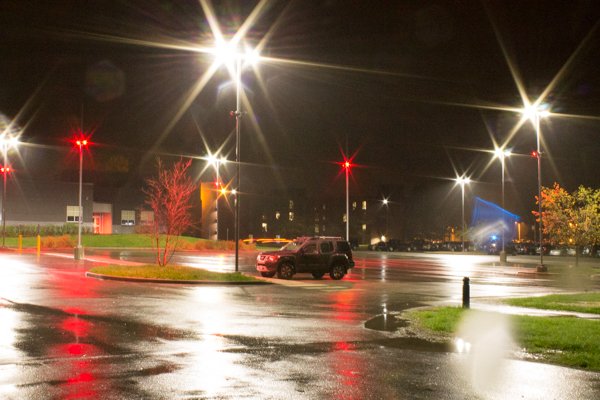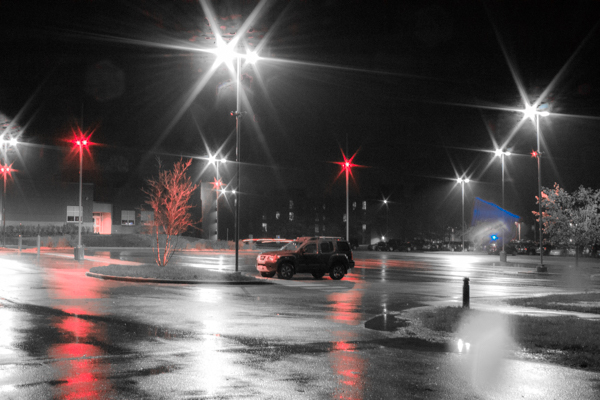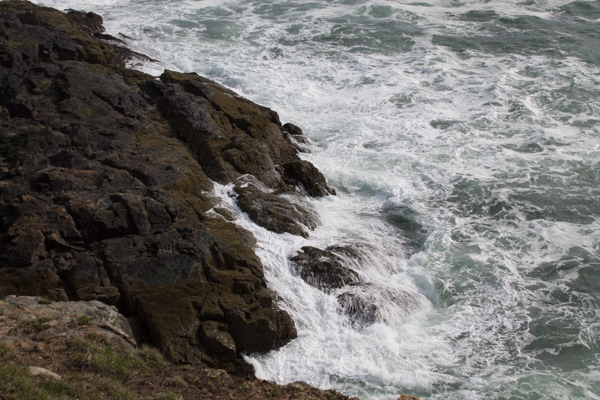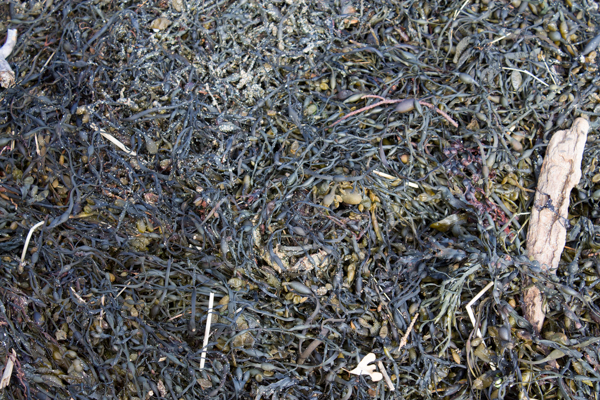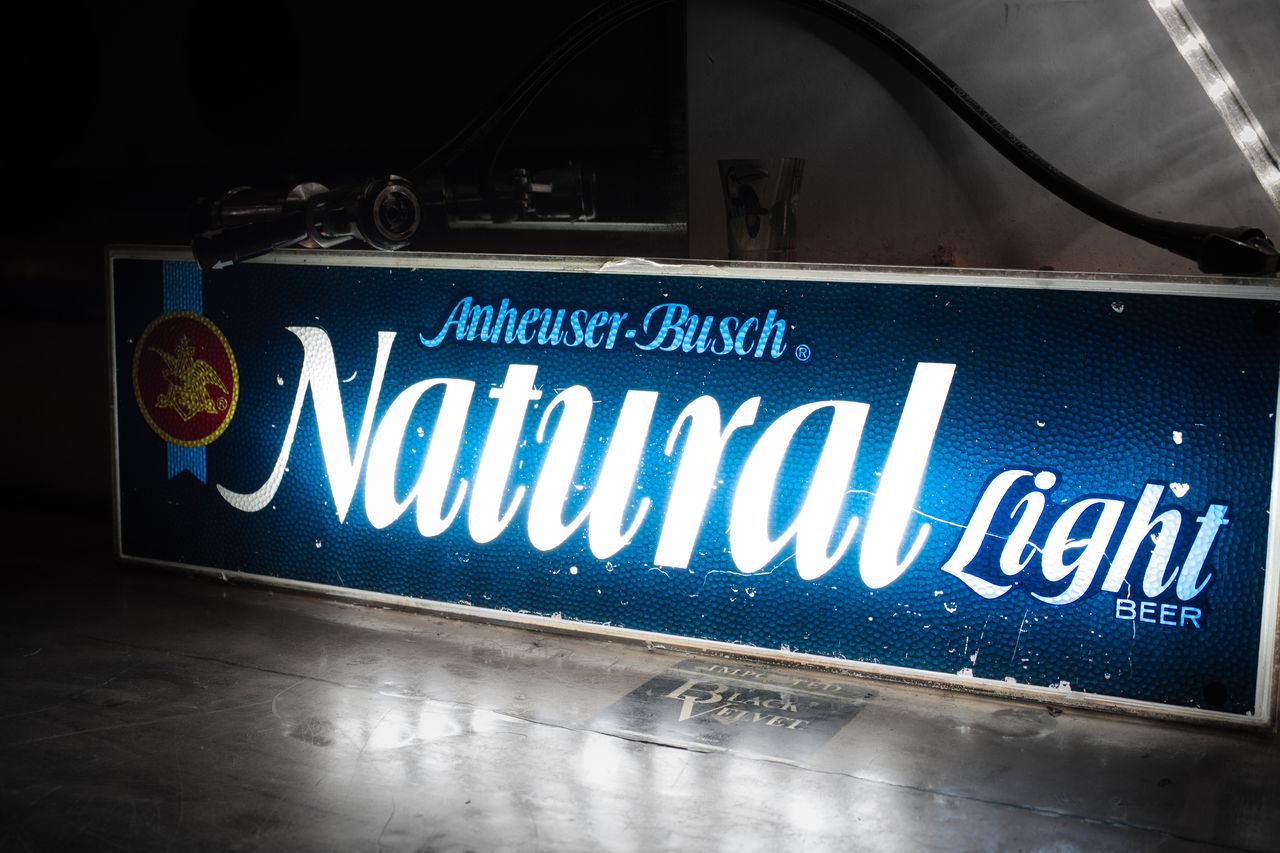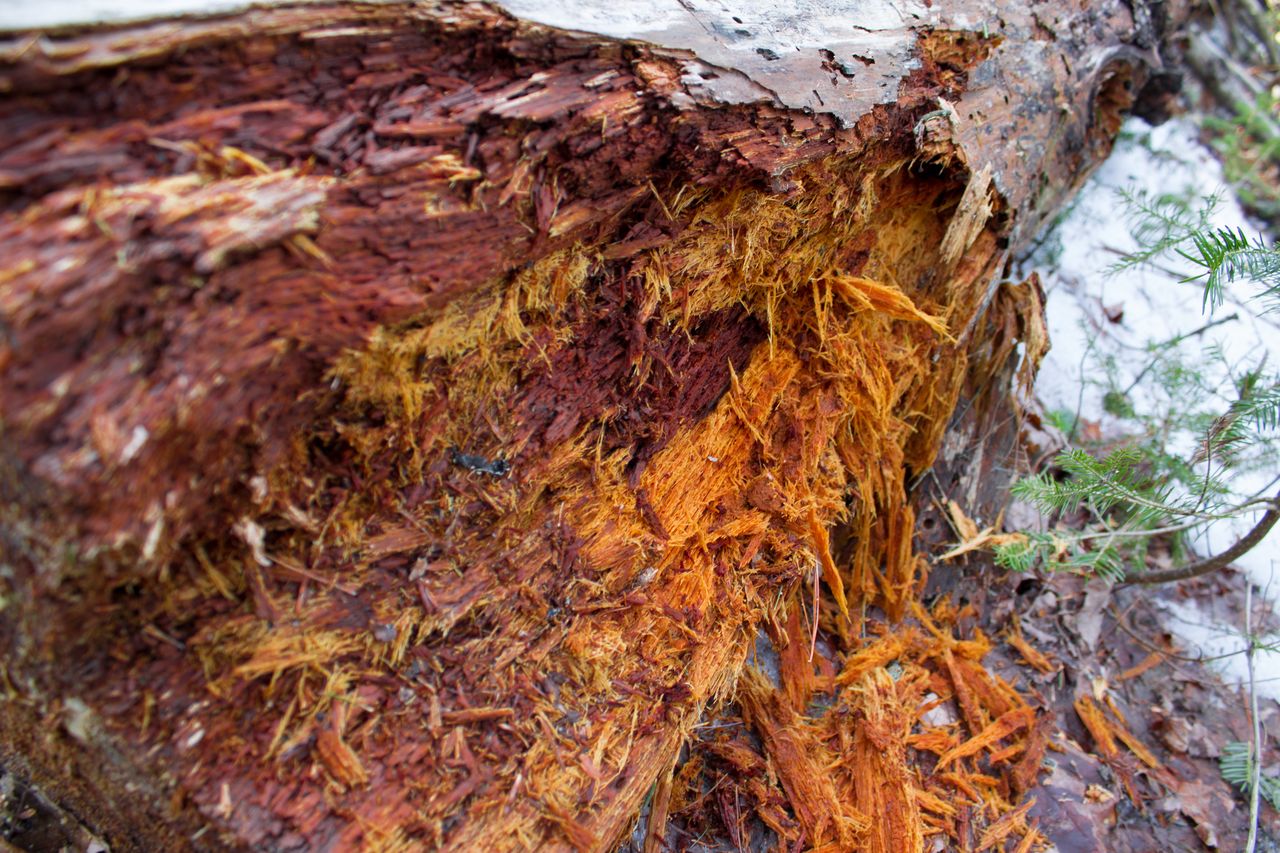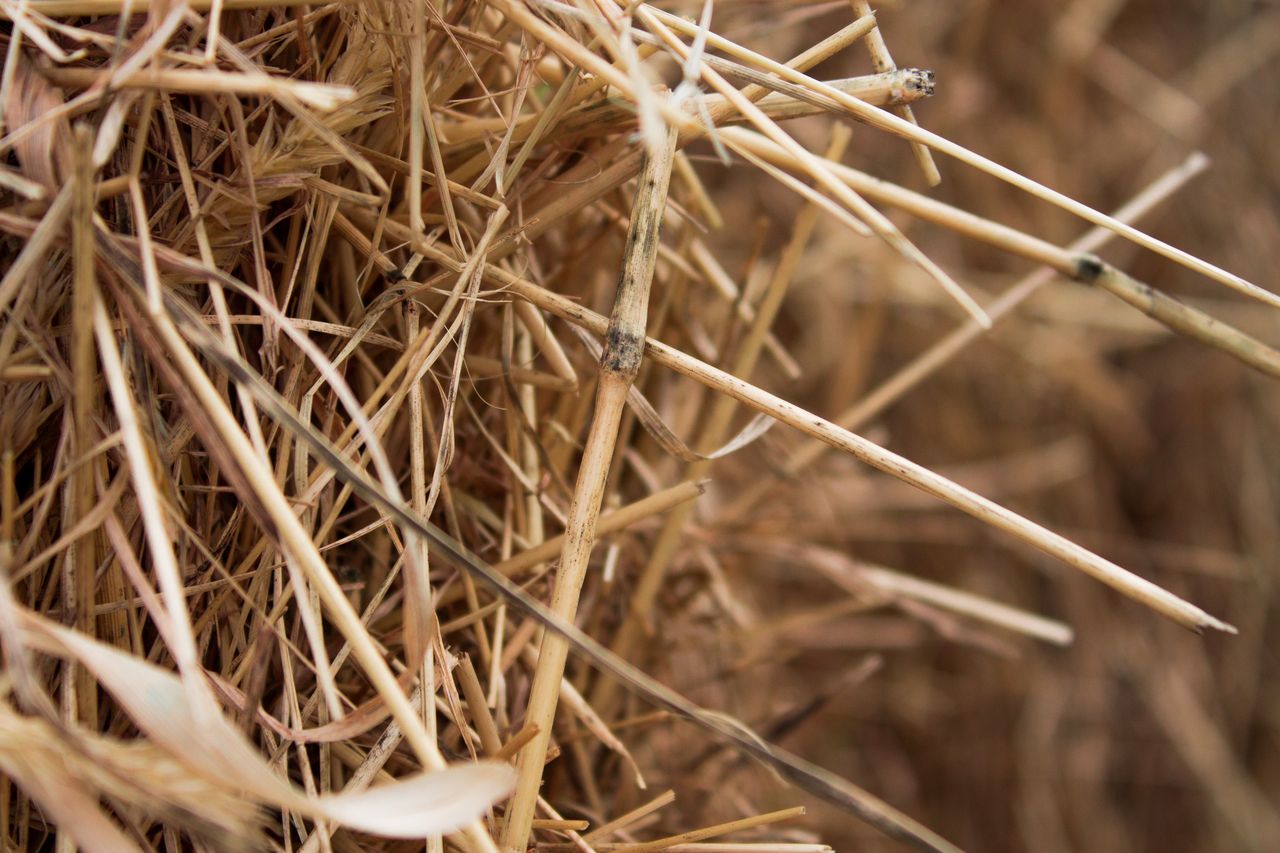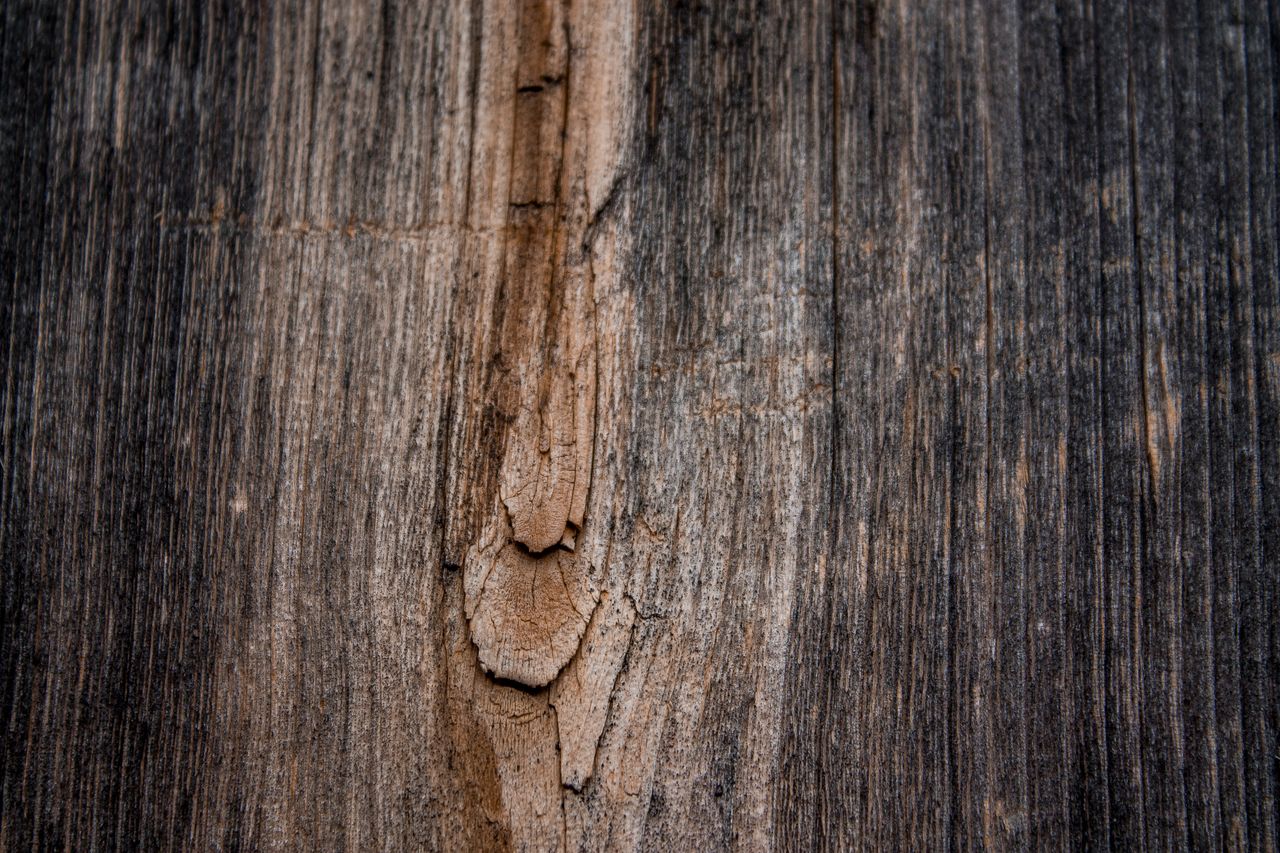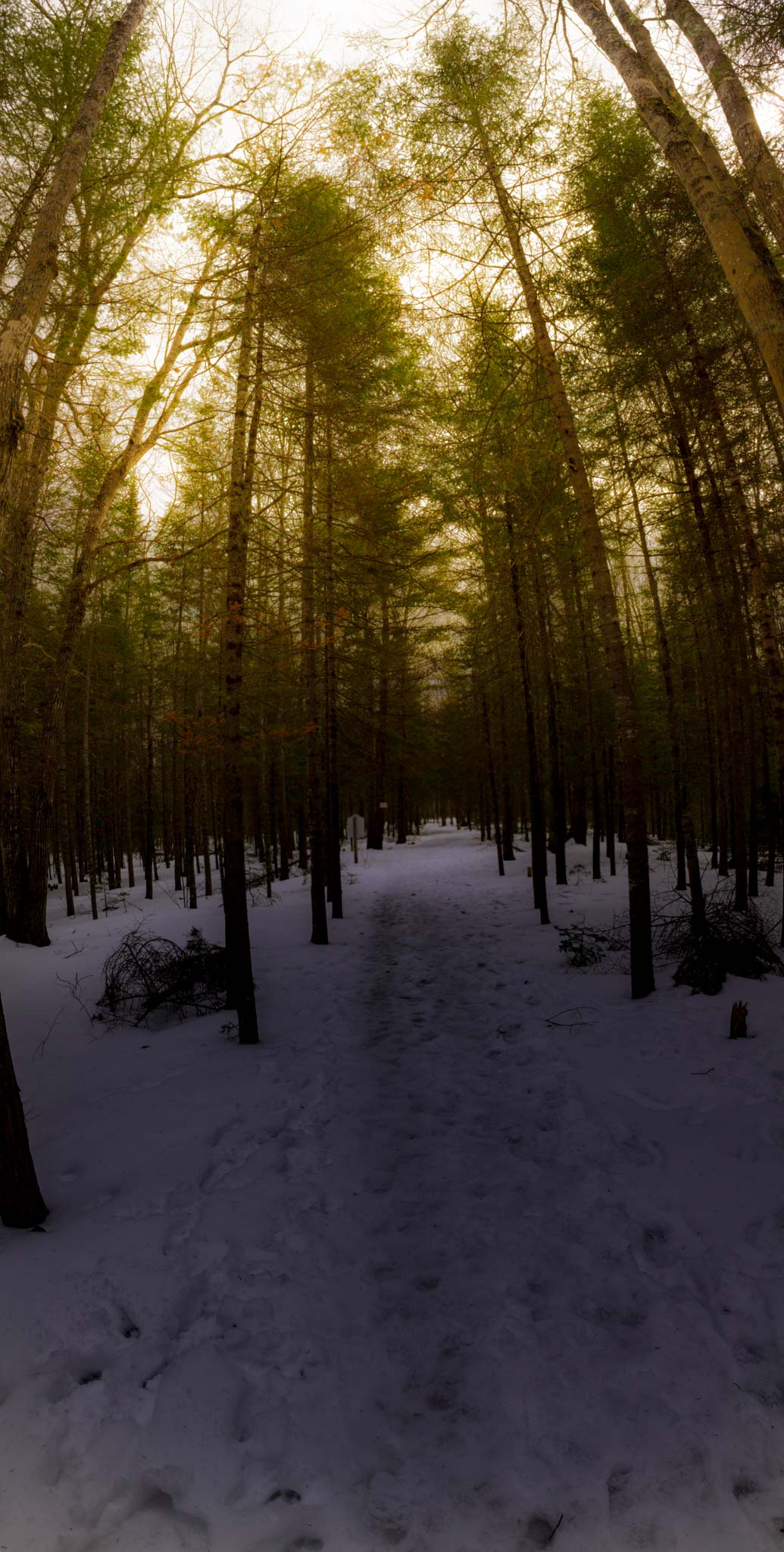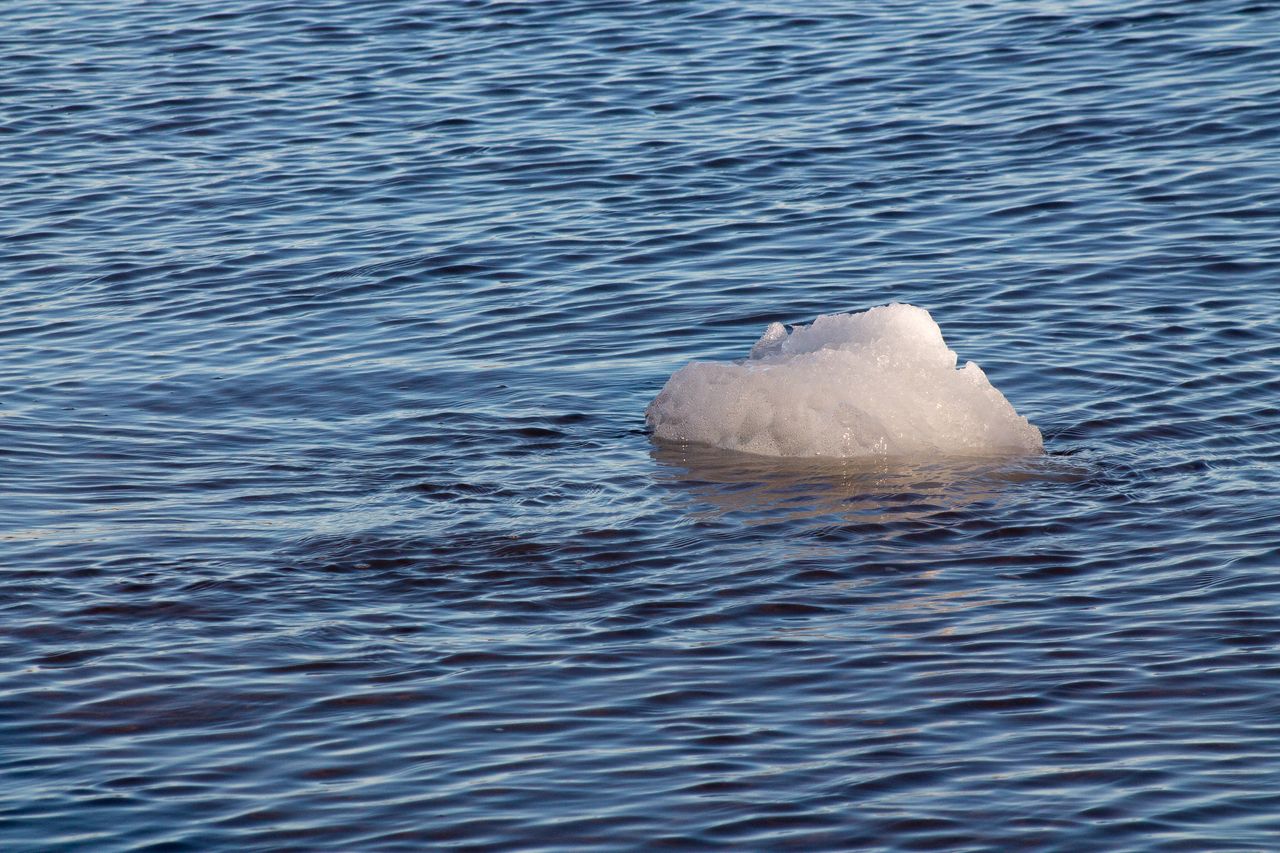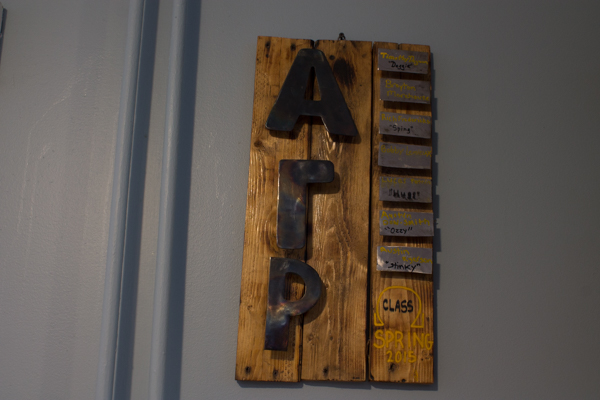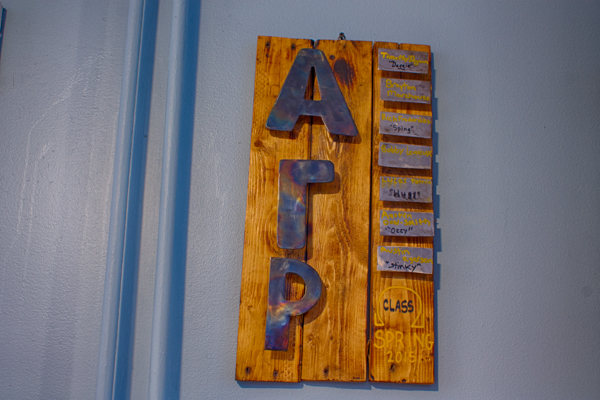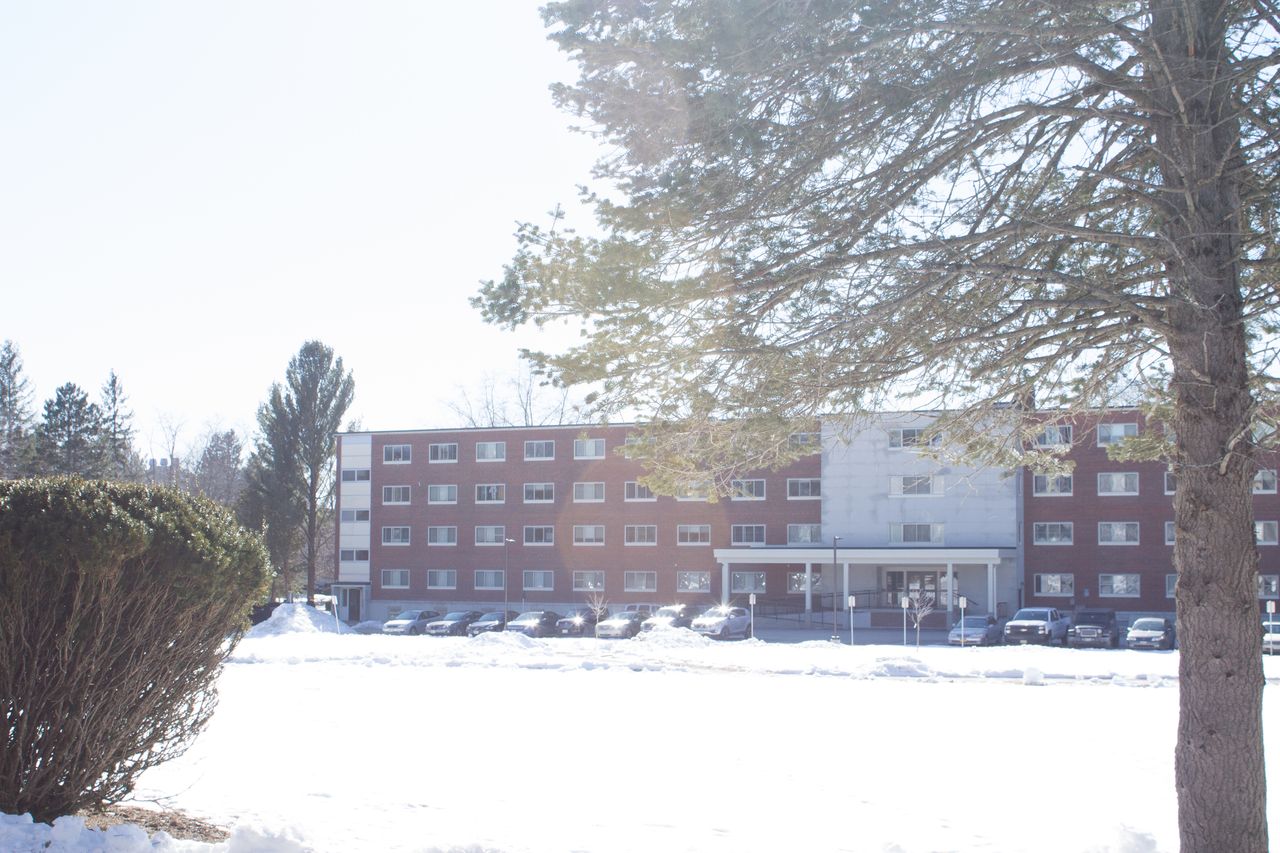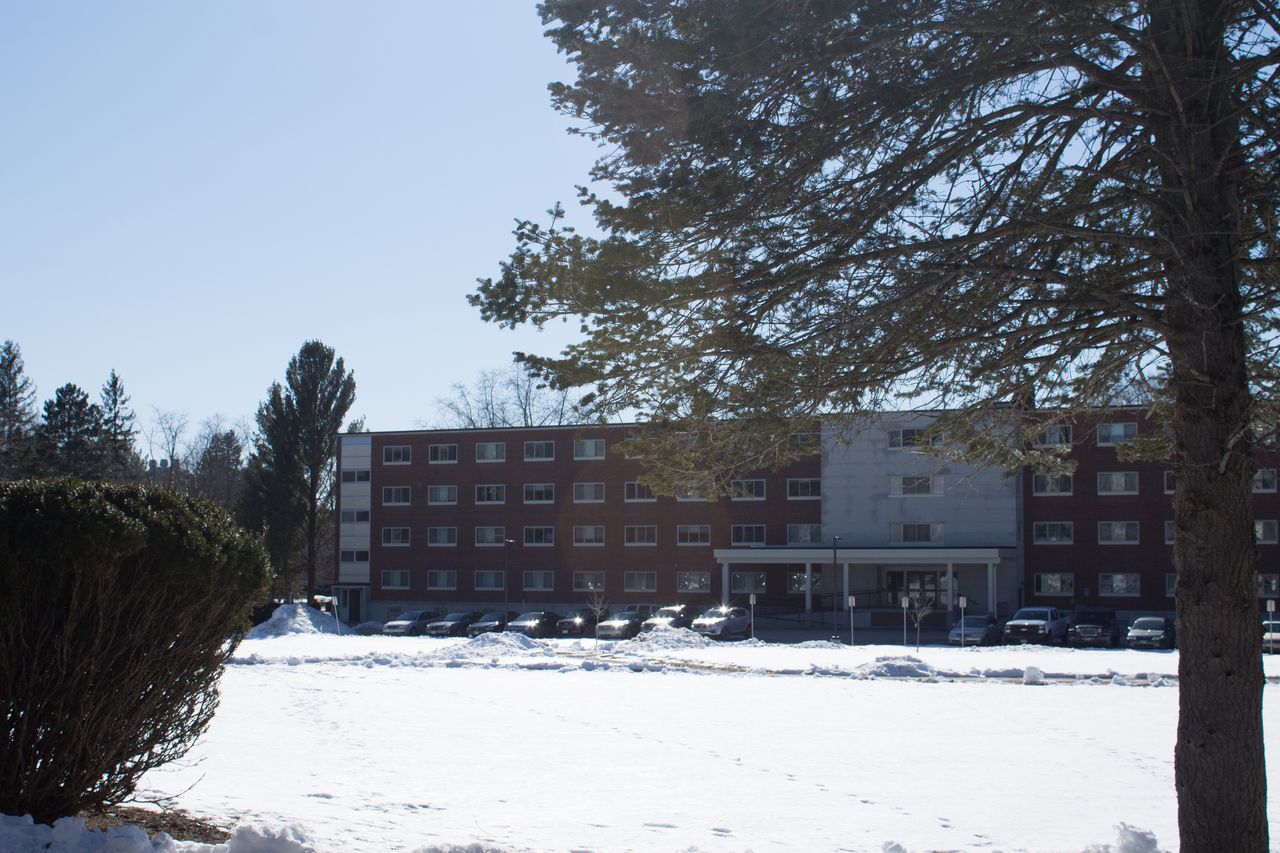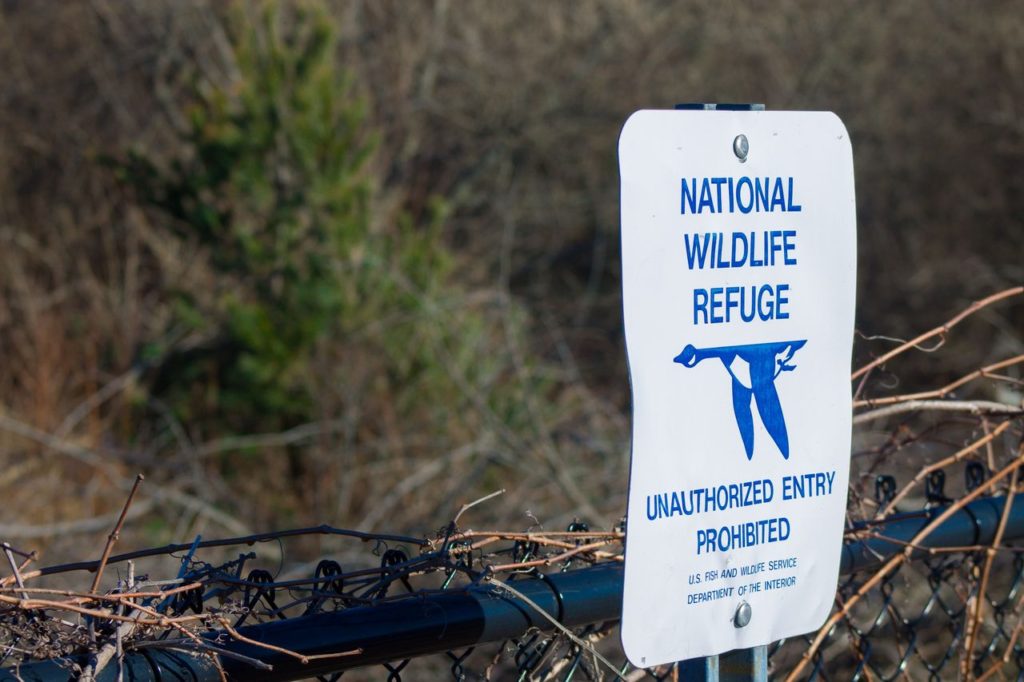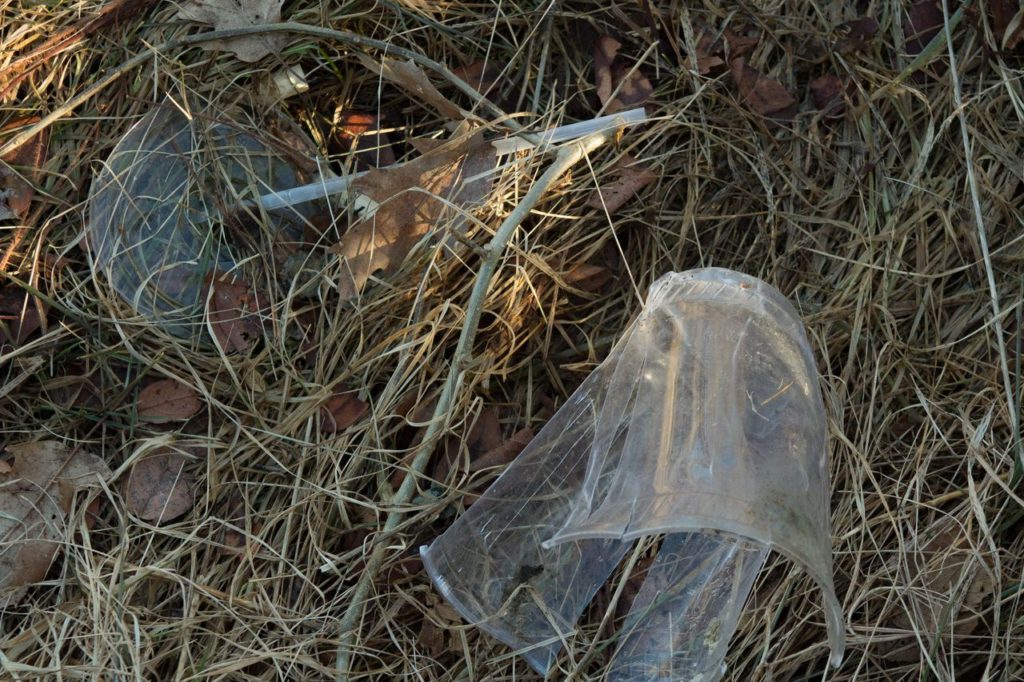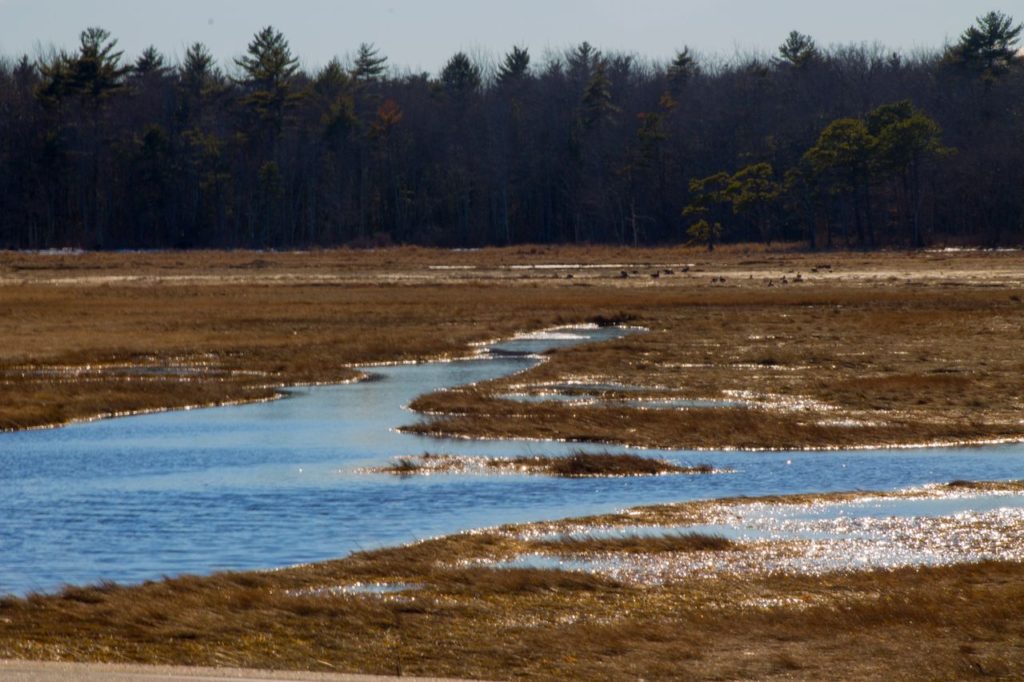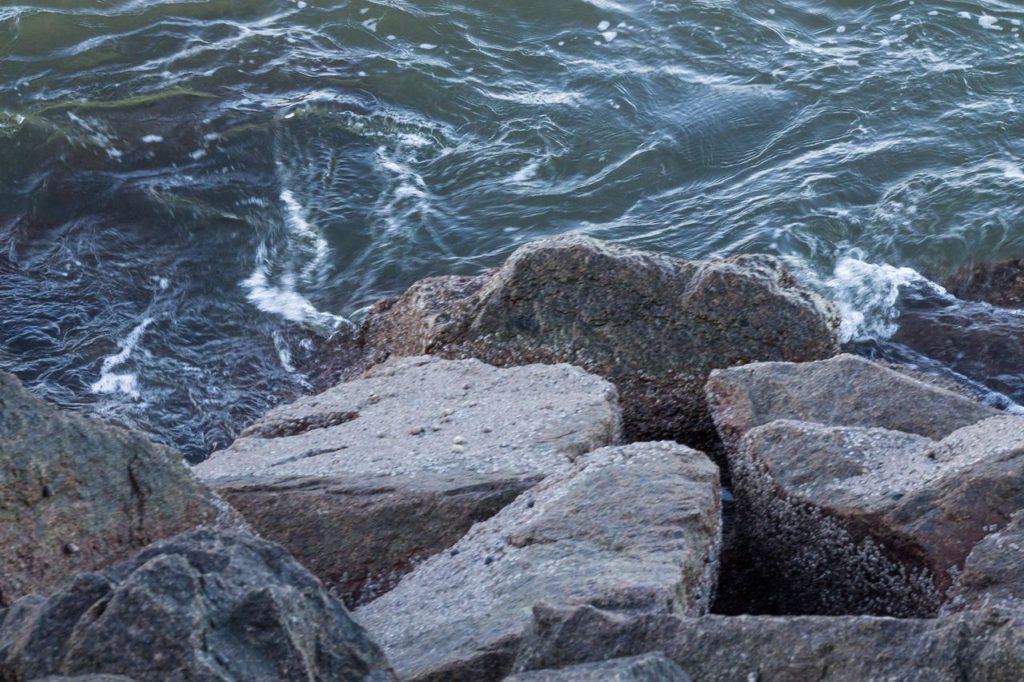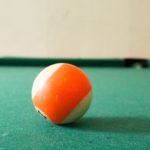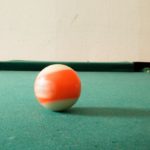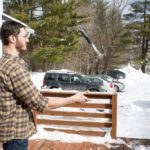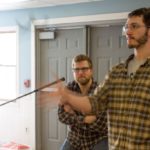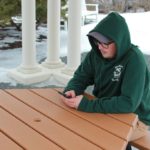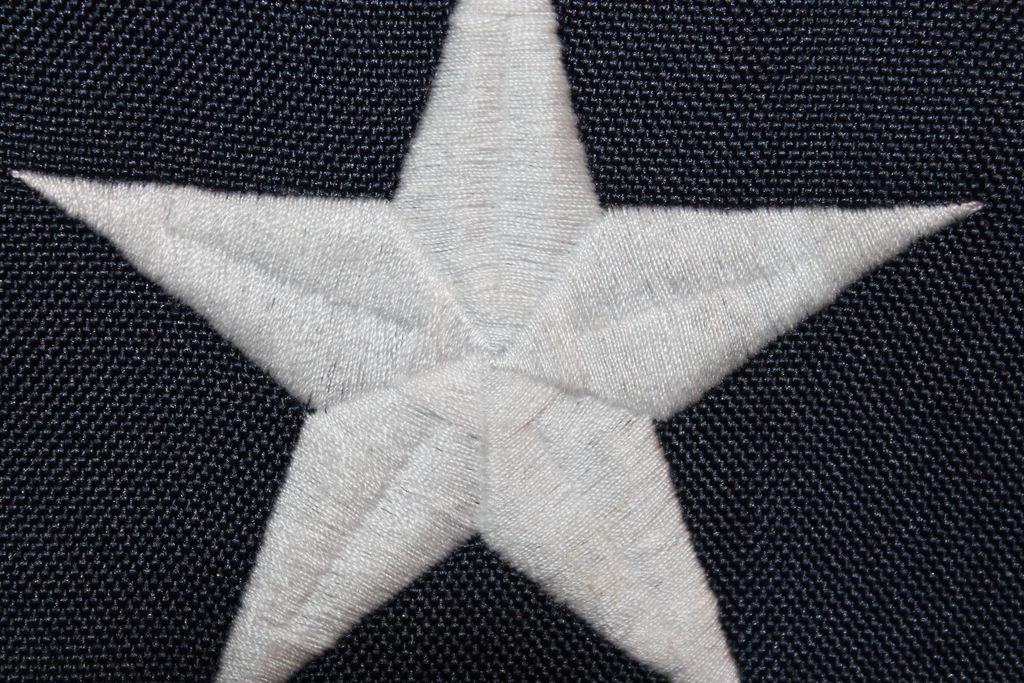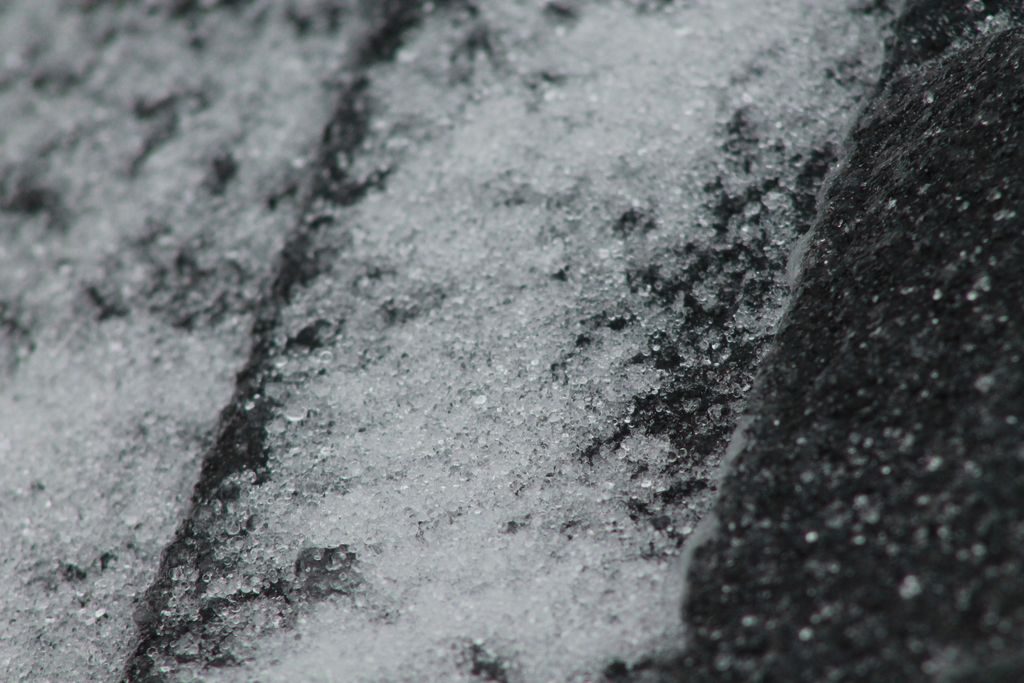Posts by Bradford.Gibson
BradfordG_Assignment10
It seems that I tend to like working the best with very low f stop numbers and doing photography of things utilizing light and texture. This was also some playing around with long exposure for myself when I was working on this assignment. The Natty sign and the black light both had about 20 photos taken of them before I got one that I liked and I really found out about how much shutter speed dictates in pitch black with little light sources. My friend Ian after seeing my photos of those two asked if I wanted to go do some night photography with him sometime and he’s going to show me how to manipulate starlight and other cool things like that. Next time I think I would have liked to do more outdoor long exposure shots and also some more playing around with how colors and tones can manipulate the feel of a photo. I like surrealist looks and feels and there are certainly ways that I am developing for myself to better take advantage of ordinary surroundings to make that happen. I’ve also learned that I don’t care for photographing people in plain portraits very much.
Assignment9_BradfordG
- People
- Forest
- Water
- Animals
- Panoramas
- Lights
- Close Ups
- Urban
Assignment8_BradfordG
Assignment6_BradfordG
Assignment7_BradfordG
Assignment 5_BradG
The first gallery here is telling a story of my walk through a National Wildlife Refuge in Old Orchard Beach, Maine. There are fences that are made to keep people out so that the animals, primarily in this case birds, can be protected and undisturbed since many of them are endangered. However, people being of the nature that they are, will never leave something alone simply because of a fence. The area in the thickets and off of an observation deck are specked with a surprising amount of refuse and litter. This ends up causing harm to not only the animals in the refuge, but also those in environments that are directly surrounding it and in general. In this case those places are the ocean and the marsh shown in picture five.
The second gallery shown here is supposed to be sort of representative of the story of a rock over time. Throughout the lifetime of rocks, they start as chunks of earth that eventually get ground down and split off either from nature or interaction with man, making boulders as shown in the first image. The second image is of the same line of boulders, but these have over time fallen off the rock wall that is used to separate the ocean from the river. This stone will over long periods of time be swept into the ocean and whittled down by the currents. The third image shows a pebble that has washed up on shore. This is the workings of the ocean on a rock like a boulder and how it resolves to shrink stones down. Image four shows what all rocks eventually become when left to nature’s devices; sand. All sand on earth are the tiny remnants of boulders from long ago. Eventually, this sand may be harvested by humans to make things such as glass, as shown in image five.


